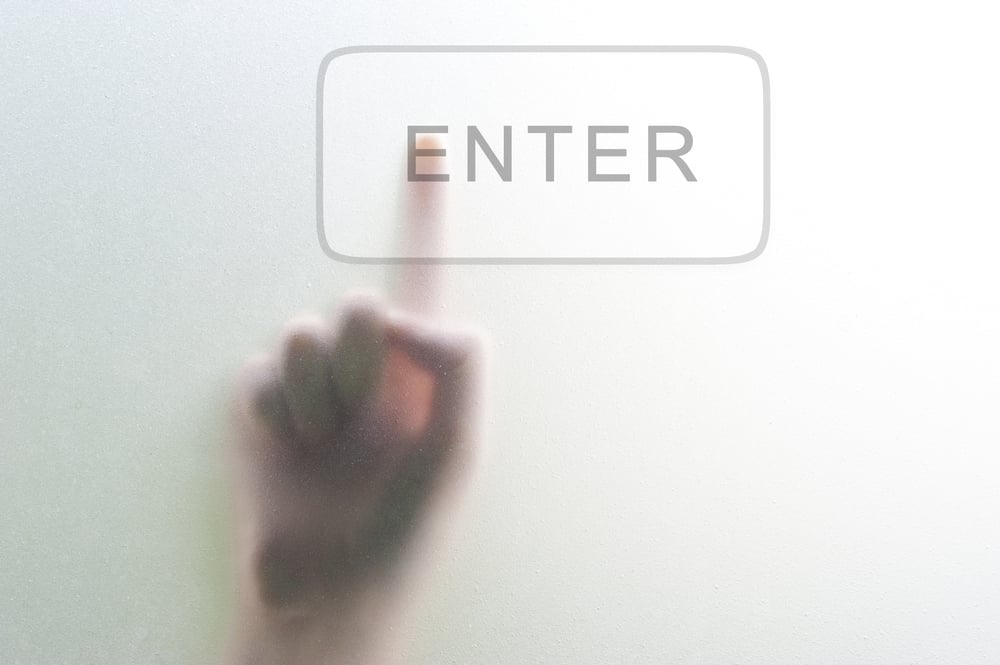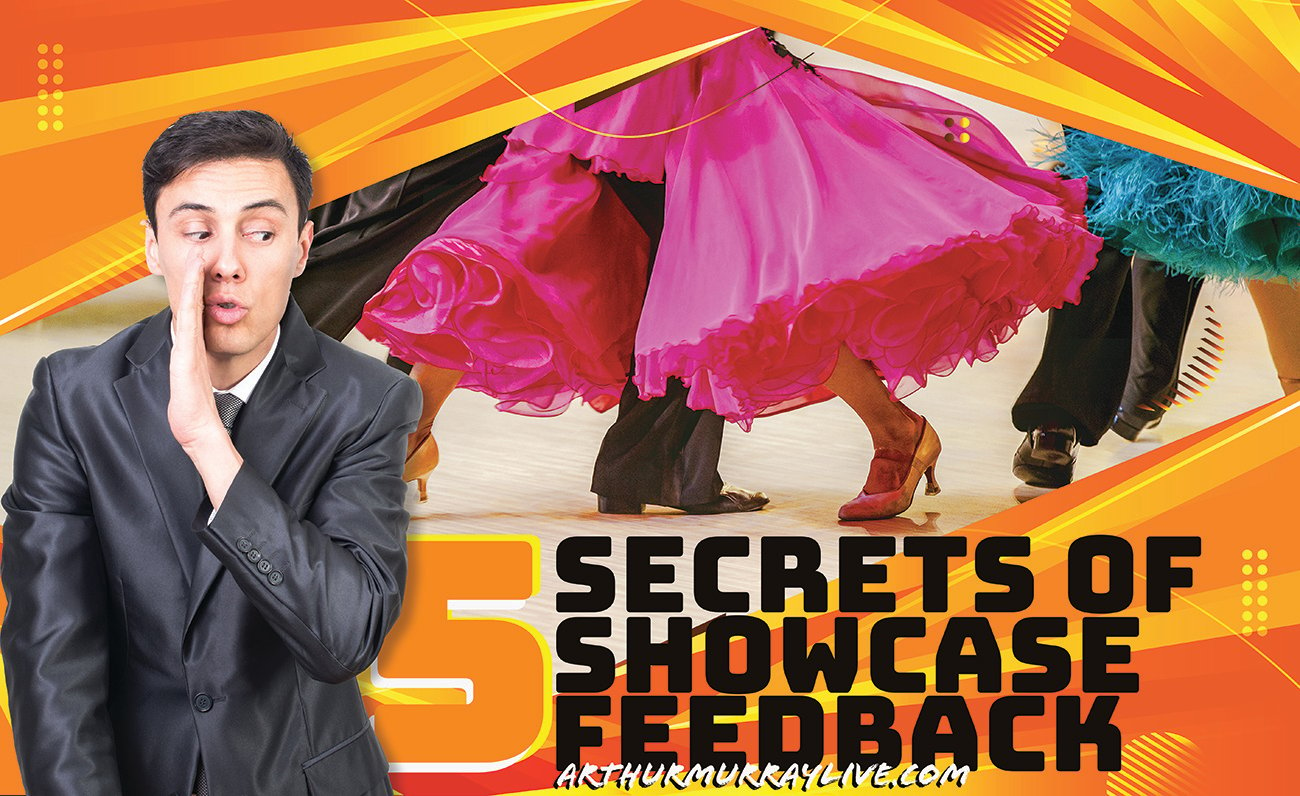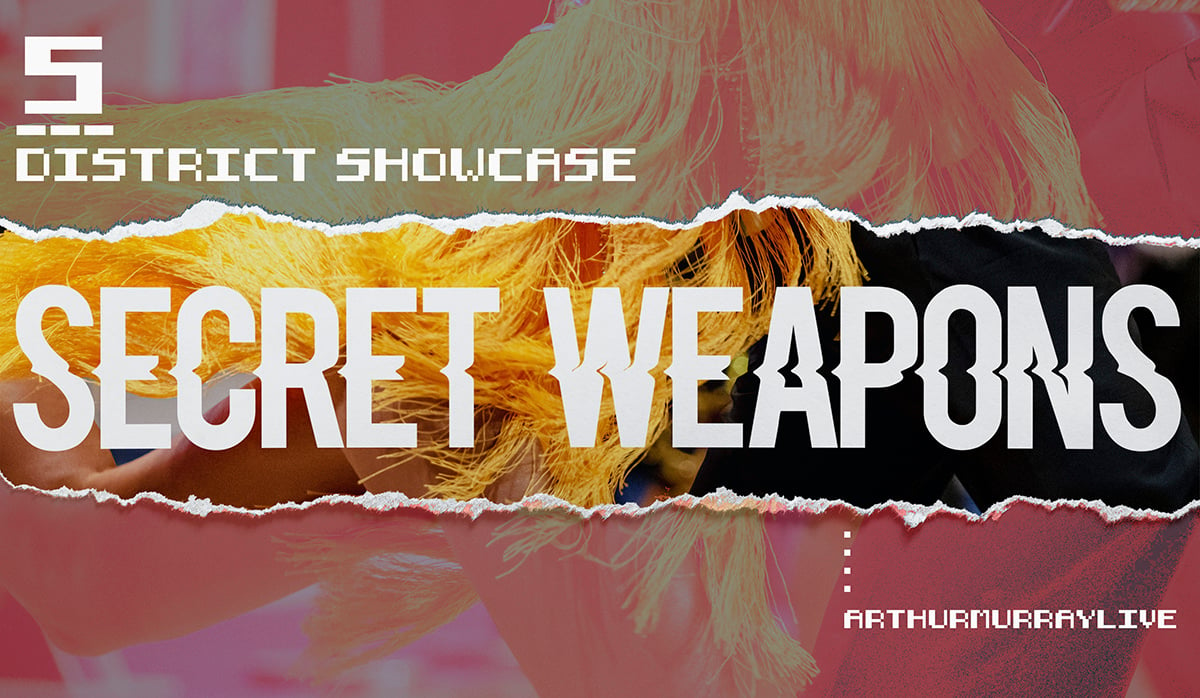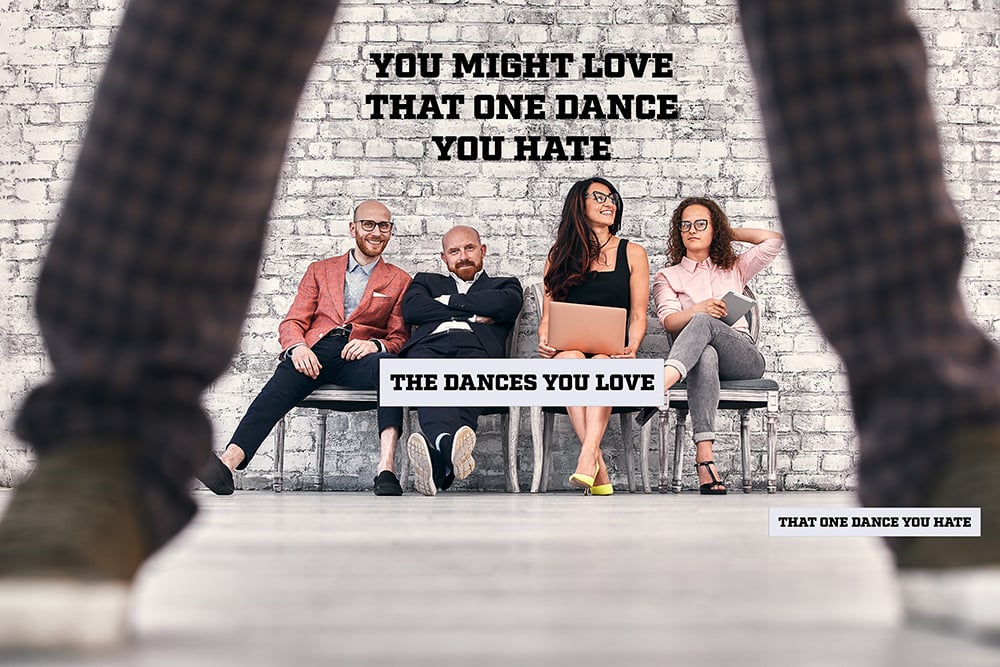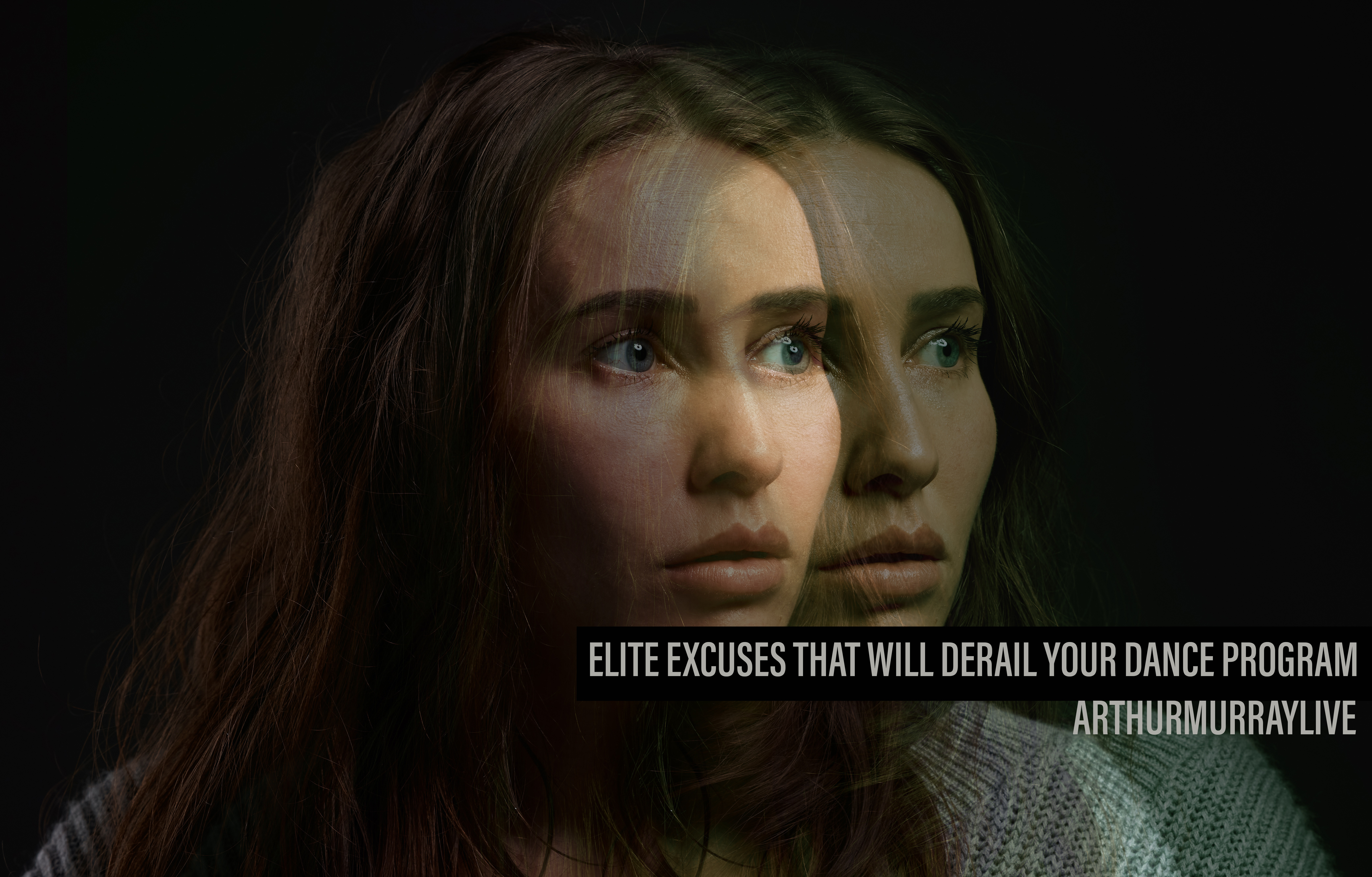 Master These 14 Dance Notebook Hacks
Master These 14 Dance Notebook Hacks
Calling it a notebook seems to reduce its significance. Maybe something closer to "My autobiographical dance adventures with Arthur Murray" would give it a deeper meaning? However you refer to it, you refer to it quite frequently. You see, a great dance notebook is a secondary dance brain. Your external, analog, hard drive.
This is how you hack it.
1. Avoid Court Reporting
Court reporters write down everything that happens in a court of law... and yet, they are not lawyers or judges. Writing down everything that your teacher says will create a thorough document, but won't deliver any additional dance progress.
2. Track Starting & Ending Alignments
Hacking your notebook is all about creating a system of retrieval for the information. Often times, your brain can only retain glimpses of the data, like trying to explain a dream you had the night before. It seems to vanish.
What if you knew how it started and ended?
What if you had landmarks and coordinates?
Alignments in ballroom are just that. Understanding the starting and ending points of your ballroom patterns limit the complexity and allow you, your brain, and your teacher to solve the mystery.
| Where in the Ballroom? | Dance Term | Clock Term | Abbreviation |
|---|---|---|---|
| Starts to the left | Diagonal center | "10 o'clock" | DC |
| Starts to the right | Diagonal Wall | "2 o'clock" | DW |
| Starts straight ahead | Line of Dance | "12 o'clock" | LOD |
3. Keep Track of Measures
Think of measures like sentences. The beats, or notes, of music become words; some long, some short. Understanding how many measures make up a pattern can be critical to the learning process. Especially when patterns begin to grow longer and longer. It can be tricky at first, but keeping track of your measures can be the final step to decoding some of your dance program's trickiest patterns. Here are some different examples of how they are used:
| The Dance | The Pattern | Measures | Expressed As |
|---|---|---|---|
| Waltz | Left Box Turn | 2 | "1-2-3, 2-2-3" |
| Cha-Cha | Basic | 2 | "1-2-3-4&, 2-2-3-4&" |
4. What's the Number One Theme?
Your teacher has an objective for each and every lesson you take. Whether it's to prepare you for an event, to refine some part of your dance frame, or to introduce a new dance: there is a theme.
This is not as simple as "what did you teach me?" (see #1), instead there is a follow up question: why is this imporant?
5. Coaches, Projects, & Dates
Becoming a great dancer means getting better at juggling your schedule. The best way is to start early. Sure there will be surprises, and your life may not always agree with your dance schedule, but when in doubt - document the coaches, projects, and dates of events in your dance notebook (and mobile phone).
| Date | Coach | Project |
|---|---|---|
| 4/01/15 | Melanie Perkovich | Style Rumba Routine |
| 4/13/15 | Bob Long | Finish Waltz Routine |
| 4/14/15 | Bob Long | Bolero Technique |
6. Quick Notations
Hacking your notebook requires a system. To put order to the chaos. One great way is to simplify your QUICK NOTATIONS. Here are some examples:
| Dance Skill | Quick Notation |
|---|---|
| Head Position | "HP" |
| Footwork | "FW" |
| Crossover Breaks | "X-overs" |
| Underarm Turn | "UAT" |
| Leading & Following | "L/F" |
| Peanut Butter & Jelly | "PB&J" |
7. Minor & Major Breakthroughs
A major breakthrough, in science, cooking, medicine, or the statistical analysis of card counting in Blackjack are all a result of hundreds of minor breakthroughs.
One of the most critical hacks you can achieve is to seek out, document, and develop a hyper-awareness of minor breakthroughs. Even if you don't recognize them immediately, the search will allow you to aknowledge their existence - instead of just holding out until the Earth-shattering major breakthough.
Examples of Minor Breakthoughs:
- Talking while dancing
- Smiling while dancing
- Recognizing the music without prompting
- Early stages of long-range techniques (Cuban Motion, Rise & Fall)
- Dancing without stopping for an entire song
[For more examples of Minor & Major Breakthroughs we recommend this article: 25 Signs]
8. Quickfire Memory Challenges
The margins of your notebook should be filled with these. A MEMORY CHALLENGE can be anything that you need to memorize. Your brain is a muscle, this is the exercise, and your notebook tracks the progress.
Here are some examples:
- Name all of the coaches you worked with this year
- List the school figures in this dance ____________.
- Foxtrot Variations in one minute
- List all the patterns with Rock Turns in Bronze Tango.
- Names of all the teachers in my school.
Your teachers are an excellent resource for Quickfire Memory Challenges.
9. The Curve Of Learning
When tracking your progress, you must be objective and open minded. This is difficult.
Using the CURVE OF LEARNING gives you hope. It's lays out a clear process. Every pattern or skill you are learning will go through this process: INITIAL STAGE, AWKWARD STAGE, CONSCIOUS USE, OR NATURAL USE.
| Foxtrot | Curve of Learning |
|---|---|
| The Grapevine | Awkward Stage |
| Larger Steps | Conscious Use |
| Timing | Natural Use |
The Curve of Learning is not the Curve of Perfection. It's a process. Keep track of it.
10. "Project Planner"
How can you keep projects from the proverbial "back burner"?
Have you ever gone grocery shopping, bought some eggs, only to come home and realize that you had some stashed away in the back of your fridge?
Too bad you can't attach an expiration date to your old projects.
Keeping track of your routines, and their status, will keep your routines and projects from getting lost in the clutter, out of date, or out of practice.
| Project | Level | Status |
|---|---|---|
| Foxtrot | B1 | "Time for an upgrade" |
| Tango | B3 | Current/Completed |
| Waltz | B3 | Not started |
11. Homework Assignments
At the end of every lesson, document anything your teacher is prescribing for you to work on. This may include things like:
- Dance Exercises
- Stretching
- Specific Group Classes
- Exchange Lessons
- Practice Party Assignments
NOTE: It is critical that you do not practice without guidance from your teacher. Dance skills are easier to program, than to re-program.
12. Full Body Diagram
Remember this: Whatever is closest to the ground, in dancing, is most important.
A great way to remember your technique is to diagram it anatomically. It can be a poorly drawn stick figure, but you need a reminder of the order of importance for your techniques. This helps if you've ever been depressed about arm styling while you're still working on leg action.
13. Current Critiques
The goal is to keep your notebook uncluttered. Every event you participate in will provide great feedback for your teacher to work on with you. You do not need to keep these, memorize them, or ever let them spoil your day. We recommend that you keep a copy of 3-6 that summarize the most useful information for that particular event.
- Your teacher will filter through and sprinkle in the rest.
14. This Day in Dance History
Learning to dance is, without a doubt, an exciting chapter in your autobiography. So start writing it already. We recomend keeping track of:
- What's exciting
- What's your current project
- What's giving you the most trouble
- What positive changes are you noticing, or are others noticing in you
Imagine if you had a chance to read something like this 5-10 years from now? Would that exciting thing become the launching point to a new level or skill? Would that current project become something memorable? Would that tough challenge seem so rough in retrospect?
Even if you ditch steps 1-13, and document your journey, you'll have an incredible dance notebook.
Conclusion
Do you prefer graphs? Footprints? Multi-colored ink? However you track your progress, keep it up. There will come a point where your physical brain will need some tech support from your analog, notebook hard drive. Like a worn out keyboard of a computer wizard; your tattered, coffee stained, folded, and tarnished notebook will be all the evidence you need...
that you're a hacker.
Happy Dancing!
- 7 Things Your Dance Partner Needs To Hear You Say
- 25 Signs of Dancing Progress
- The Dance Partner Poem
Are you ready to start your own dance autobiography? It all begins with a single click: |
 |



